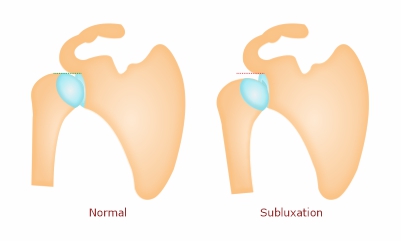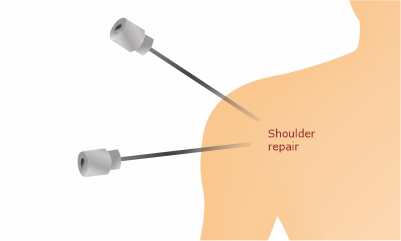Shoulder Instability
The shoulder joint consists of a humerus head (ball) and scapula (the shoulder blade). This joint is having maximum movement. The muscles, ligaments, and tendons hold this joint and provide stabilization, both during rest and during making a movement.
When your shoulder joint starts separating or the ball of the shoulder is going away from its socket because the surrounding structures are not able to hold the shoulder bones in their place is shoulder instability. Or your can say your joint become loose. When your joint slides out partially or for few seconds it is known as subluxation, and the separation of joint bones is severe or complete it is known as dislocation.
Your shoulder instability also affects the surrounding structures of shoulder joint like damage to the muscle, tendon, ligament, or cartilage.

Shoulder instability causes
- Fall on the arm or on a stretched arm
- Weak shoulder muscles or muscle fatigue due to overuse
- Sprain injuries of shoulder ligament due to any injury or overstretching
- Other medical problems like seizures
- Previous history of shoulder dislocation
- A giving way feeling for shoulder
- A lax shoulder is also more prone to instability
- Being athlete
Symptoms of an unstable shoulder
- A pop sound feeling or an audible popping sound in the shoulder joint
- Pain in the shoulder
- Not able to move the shoulder
- You can also feel a stuck of the shoulder bones in any uncomfortable position
- Sometimes you may feel that your shoulder is moving more or the shoulder movement increased
- Feeling weakness in the arm and shoulder and facing difficulty in overhead activities
Diagnosis for Shoulder instability
- Physical examination by your doctor and, your medical history and symptoms will help in making the diagnosis
- X-ray is a primary investigation and shows bone and its abnormalities
- MRI and CT scan are more specific investigation and show the soft tissue injuries and the severity of injuries
Shoulder instability treatment
- Conservative:
- Modify the activities in which you are feeling instability
- Medication to manage the pain
- Physiotherapy exercises to strengthen the muscles around the shoulder joint to enhance joint stability

- Surgical treatment:
- Any damage to soft tissues, that does get corrected by conservative means, then surgery is required. Arthroscopic repair is the most commonly performed procedure to repair damaged soft tissues.
- Some cases may require open surgery to repair the damage.
